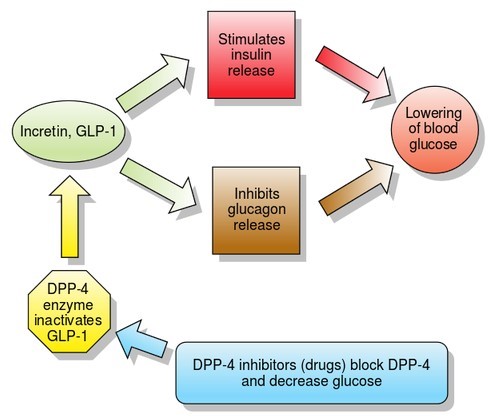Diabetes decreased in aged mice supplemented with vitamin D
Dietary vitamin D3 improves postprandial hyperglycemia in aged mice.
Biochem Biophys Res Commun. 2015 Apr 10. pii: S0006-291X(15)00674-9. doi: 10.1016/j.bbrc.2015.04.008. [Epub ahead of print]
Enciso PL1, Wang L2, Kawahara Y2, Sakamoto S2, Shimada S2, Takeichi Y2, Takayanagi R2, Nomura M3.
1Department of Medicine and Bioregulatory Science, Graduate School of Medical Science, Kyushu University, Maidashi 3-1-1, Higashi ward, Fukuoka 812-8582, Japan; Universidad Catolica Nuestra Señora de la Asunciòn, Independencia Nacional 176 y Comuneros C.C 1718, Asunción, Paraguay.
2Department of Medicine and Bioregulatory Science, Graduate School of Medical Science, Kyushu University, Maidashi 3-1-1, Higashi ward, Fukuoka 812-8582, Japan.
3Department of Medicine and Bioregulatory Science, Graduate School of Medical Science, Kyushu University, Maidashi 3-1-1, Higashi ward, Fukuoka 812-8582, Japan. Electronic address: [email protected].
Type 2 Diabetes is closely associated with our daily diets and has become a global health problem with an increasing number of patients. Recent observational and randomized studies on vitamin D3 suggested that higher plasma 25-hydroxyvitamin D3 [25(OH)D3] concentrations and more vitamin D3 intake are associated with lower risk of type 2 diabetes, which is characterized by postprandial hyperglycemia due to inappropriate glucose stimulated insulin secretion (GSIS) and its age-dependent increase of onset. However, rapid action of dietary vitamin D3 on the postprandial glucose profile has not been analyzed. When vitamin D3 is orally ingested in mice aged 12-14 weeks during an oral glucose tolerance test (OGTT), the serum glucose profile was not changed. In contrast, when OGTT was performed with old mice aged 30-34 weeks, the glucose profile was dramatically improved with increased insulin secretion , suggesting that orally ingested vitamin D3 potentiated GSIS in aged mice. Interestingly, there was also a significant increase in plasma GLP-1 in these aged mice. Our results suggest that orally ingested dietary vitamin D3 in aged mice improves glucose metabolism as a GLP-1 enhancer.
Copyright © 2015. Published by Elsevier Inc.
Publisher wants $42 for the PDF
PMID: 25869067
See also Vitamin D Life
- Overview Diabetes and vitamin D contains the following summary
{include}
Pages listed in BOTH the categories Diabetes and Seniors
{category}
See also web
- GLP-1 Wikipedia

